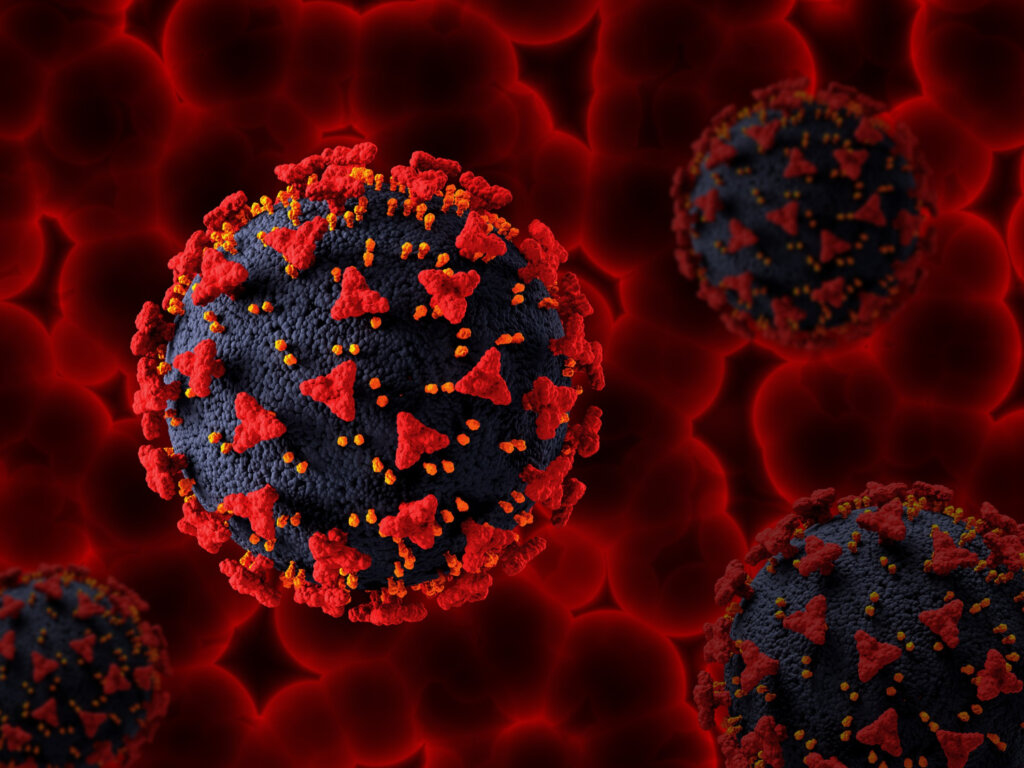The lethal zoonotic infection known as Nipah virus (NiV) is extremely contagious and a member of the Paramyxoviridae family. Both humans and animals are known to have contracted serious respiratory and neurological illnesses from this virus. Due to its propensity for widespread epidemics and high mortality rates, the Nipah virus has remained a significant public health issue ever since it was first discovered in 1998 during an outbreak in Malaysia. The primary characteristics of the Nipah virus are examined in this article, including its origin, transmission, clinical symptoms, prevention, and the status of ongoing research and containment initiatives.
Table of Contents
Origin of the Nipah Virus:
The Nipah virus naturally resides in fruit bats of the Pteropodidae family, especially in the Pteropus genus. These bats frequently release the virus in their saliva, urine, and feces while remaining healthy. Pigs, an intermediate host, can contract the virus when they come into contact with infected bat excretions, opening the door for the infection to spread to people. There have also been reports of human-to-human transmission, mostly in healthcare facilities.

Epidemiology:
Nipah virus outbreaks have occurred predominantly in Southeast Asia and South Asia, including countries like Malaysia, Bangladesh, India, and the Philippines. The virus has a history of sporadic outbreaks, often characterized by high case fatality rates. In some outbreaks, the mortality rate has exceeded 70%, making Nipah virus a grave threat to public health.
- Total Reported Cases (up to September 2021): Approximately 700 cases.
- Total Reported Deaths (up to September 2021): Over 300 deaths.
- Case Fatality Rate: Varied, with rates typically ranging from 40% to 75%, depending on the outbreak and the healthcare infrastructure in the affected region.
Clinical Studies:
It might be difficult to detect nipah virus infection in its early stages since it can exhibit a wide range of clinical signs. After exposure, the incubation period typically lasts 5 to 14 days. Fever, headaches, muscle aches, nausea, and sore throat are typical symptoms. People may develop encephalitis as the infection worsens, which is an inflammation of the brain that can cause severe neurological dysfunction, including seizures and altered awareness. Acute respiratory distress syndrome (ARDS) and other respiratory symptoms can also appear, further complicating the clinical picture.
Diagnosis and treatment:
Early diagnosis of Nipah virus infection is crucial for effective management and containment. Diagnostic methods include polymerase chain reaction (PCR) tests, enzyme-linked immunosorbent assays (ELISA), and virus isolation from clinical samples such as blood, throat swabs, and cerebrospinal fluid. There is currently no specific antiviral treatment for Nipah virus, so supportive care remains the mainstay of therapy. This includes managing symptoms, providing respiratory support, and maintaining strict infection control measures to prevent human-to-human transmission.
Prevention and control:
- Surveillance: Continuous monitoring of bat populations and livestock for evidence of Nipah virus is crucial to early detection.
- Hygiene and Biosecurity: Strict hygiene and biosecurity measures in pig farms and during handling of potentially infected animals can reduce the risk of transmission to humans.
- Avoiding Raw Palm Sap: In endemic areas, avoiding the consumption of raw palm sap, which can be contaminated by bat saliva, is advisable.
- Personal Protective Equipment (PPE): Healthcare workers caring for Nipah virus patients must use appropriate PPE to prevent nosocomial infections.
- Vaccine Development: Ongoing research aims to develop vaccines against Nipah virus, although as of September 2021, no licensed vaccines were available.
With rare outbreaks leading to high fatality rates, the Nipah virus continues to pose a serious threat to public health. To stop and contain the spread of this lethal illness, prompt detection, surveillance, and stringent infection control procedures are necessary. Future hope comes from ongoing research into the creation of efficient vaccines and antiviral medications, but in the meanwhile, preventing and containing Nipah virus epidemics is of utmost importance.
